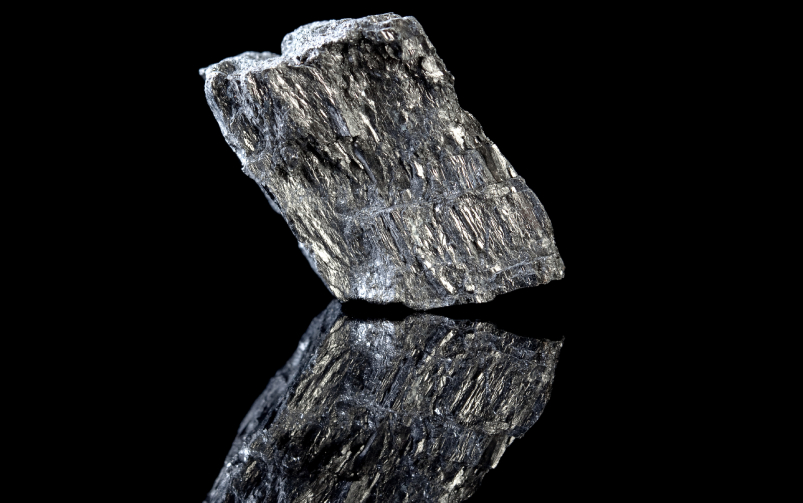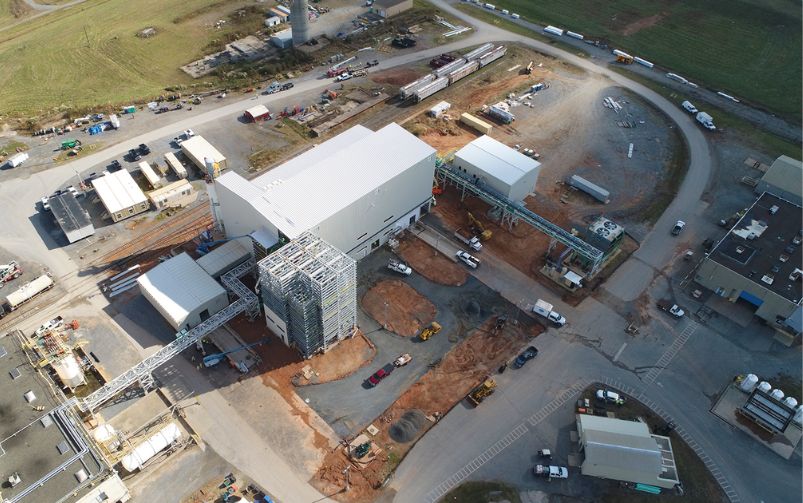The research, led by Cornell's Greeshma Gadikota, is developing a suite of materials with high selectivity of critical metals found at Stillwater West. Courtesy of Ryan Young/Cornell University.
Vancouver-based Stillwater Critical Minerals has partnered with Cornell University to investigate the use of hydrometallurgy and carbon sequestration initiatives at its Stillwater West project in Montana, U.S.
The Stillwater West deposit contains nickel, copper, cobalt, palladium, platinum, rhodium, iridium, ruthenium, chromium and gold. Cornell University will examine ways to increase the extraction of critical minerals at Stillwater West using reduced energy, with a focus on novel hydrometallurgical techniques and carbon capture.
Greeshma Gadikota, assistant professor in the school of civil and environmental engineering at Cornell University and research lead, is investigating ways to use carbon dioxide in hydrometallurgical processes to enhance the recovery of metals from mafic-ultramafic ores. The research also aims to sequester carbon by converting the calcium and magnesium components of the ore into solid calcium and magnesium carbonates.
“Our research is all about decarbonizing the mining industry and developing an independent, domestic supply chain of these critical metals,” said Gadikota. “It’s important for U.S. manufacturing, green energy, national security and competitiveness.”
The research is being funded by the U.S. Department of Energy under its Mining Innovations for Negative Emissions Resources (MINER) program, which is part of its Advanced Research Projects Agency–Energy (ARPA-E) initiative to advance high-potential, high-impact energy technologies that are not yet ready for private-sector investment. Cornell’s portion of the grant is US$650,000.
The MINER program was created to increase the U.S. domestic supplies of critical minerals that are key to the clean energy transition, such as copper, nickel, lithium, cobalt and rare earth elements, by funding research into technology to increase mineral yields while decreasing the amount of energy required to extract these minerals, thereby reducing carbon emissions.
Related: UBC professor Greg Dipple aims to prove that tailings could be a mine’s secret weapon for reducing its carbon footprint
Michael Rowley, president and CEO of Stillwater Critical Minerals, told CIM Magazine that Stillwater West was selected for the research for several reasons. “It contains several minerals that are listed as critical by the U.S. government, and that are the core focus of ARPA-E’s MINER program,” he said. “In particular, Stillwater West contains over 1 billion pounds of nickel, along with 91 million pounds of cobalt; two minerals that are of highest concern given current supply is largely imported.”
“The mafic-ultramafic host rocks at Stillwater West are appropriate for sequestering large quantities of carbon dioxide,” he said. “In addition, some portion of Stillwater West’s mineral inventory is located in silicate minerals. One key point of the hydrometallurgical work with Cornell is aimed at metal recovery from metals located in silicate minerals by the application of carbon dioxide, or carbon dioxide derivatives, in processing. This is expected to bring benefits in costs, overall recoveries, and also the quality of tailings – due to reduced metal content in tailings as a result of increased recoveries in processing.”
Beyond the environmental benefit, the sequestration of carbon would also yield a tax credit.
In January, Stillwater Critical Minerals reported an inferred resource that included 1.6 billion pounds of nickel, copper and cobalt and 3.8 million ounces of palladium, platinum, rhodium and gold from 255 million tonnes of ore with an average grade of 0.39 per cent nickel equivalent.




